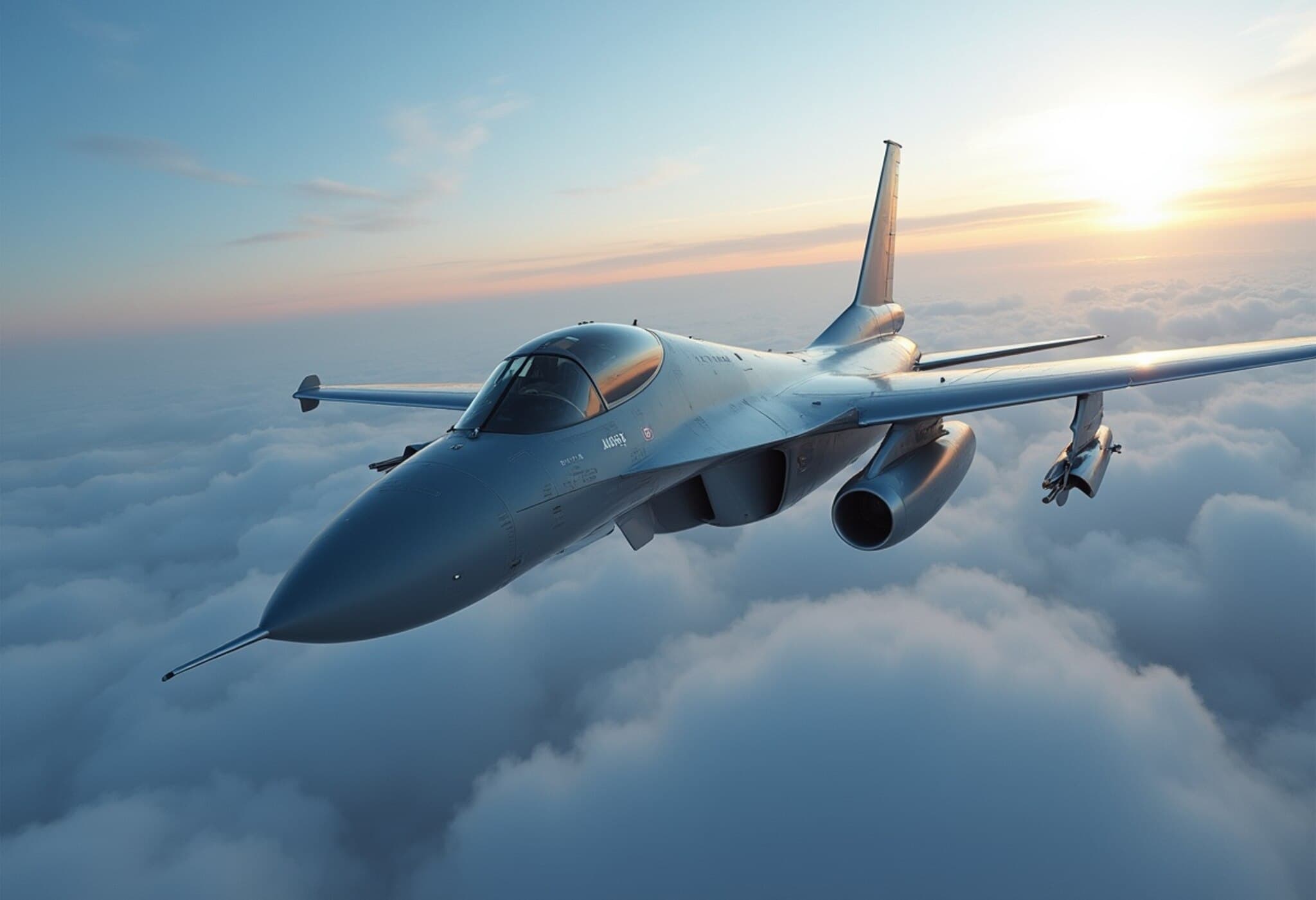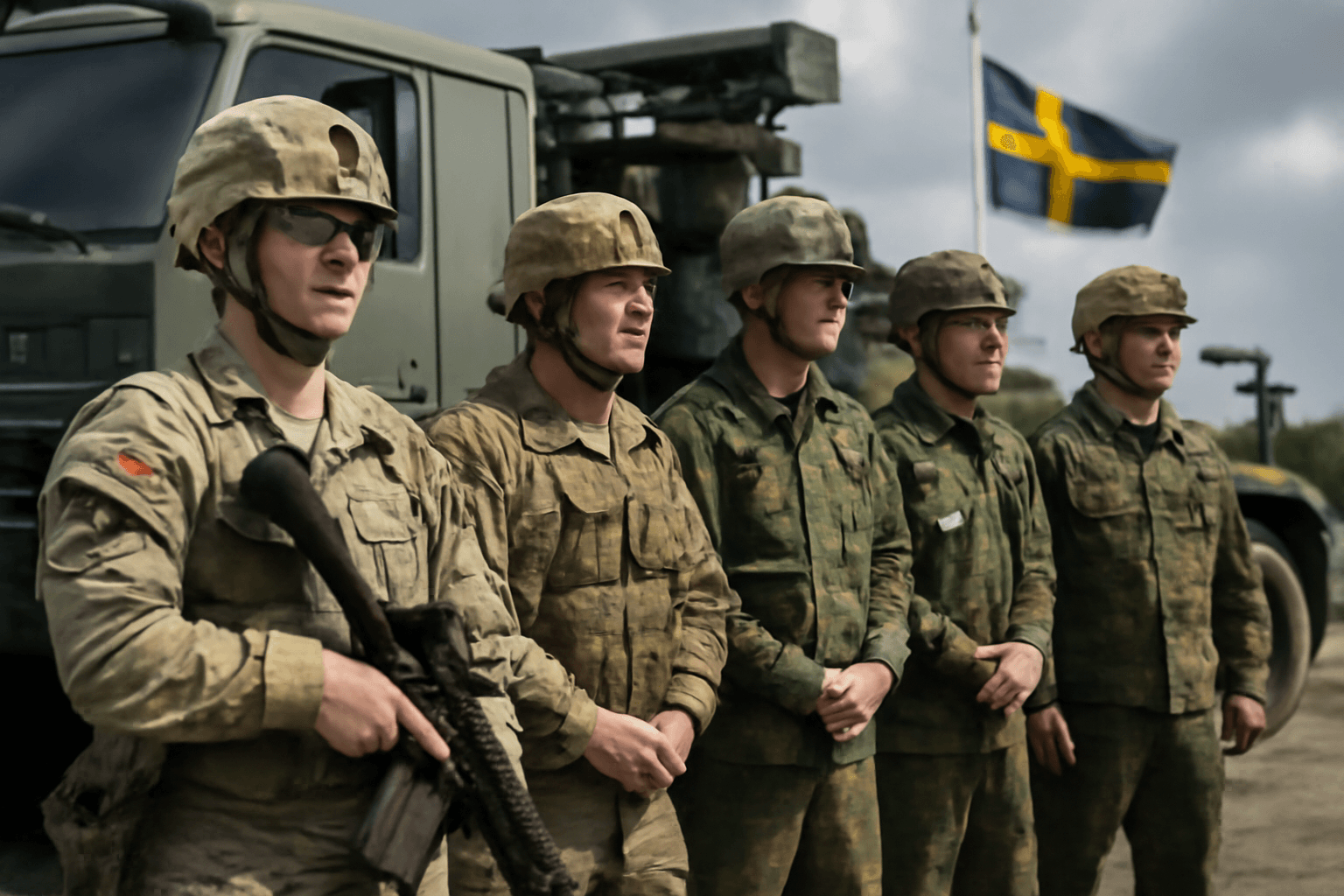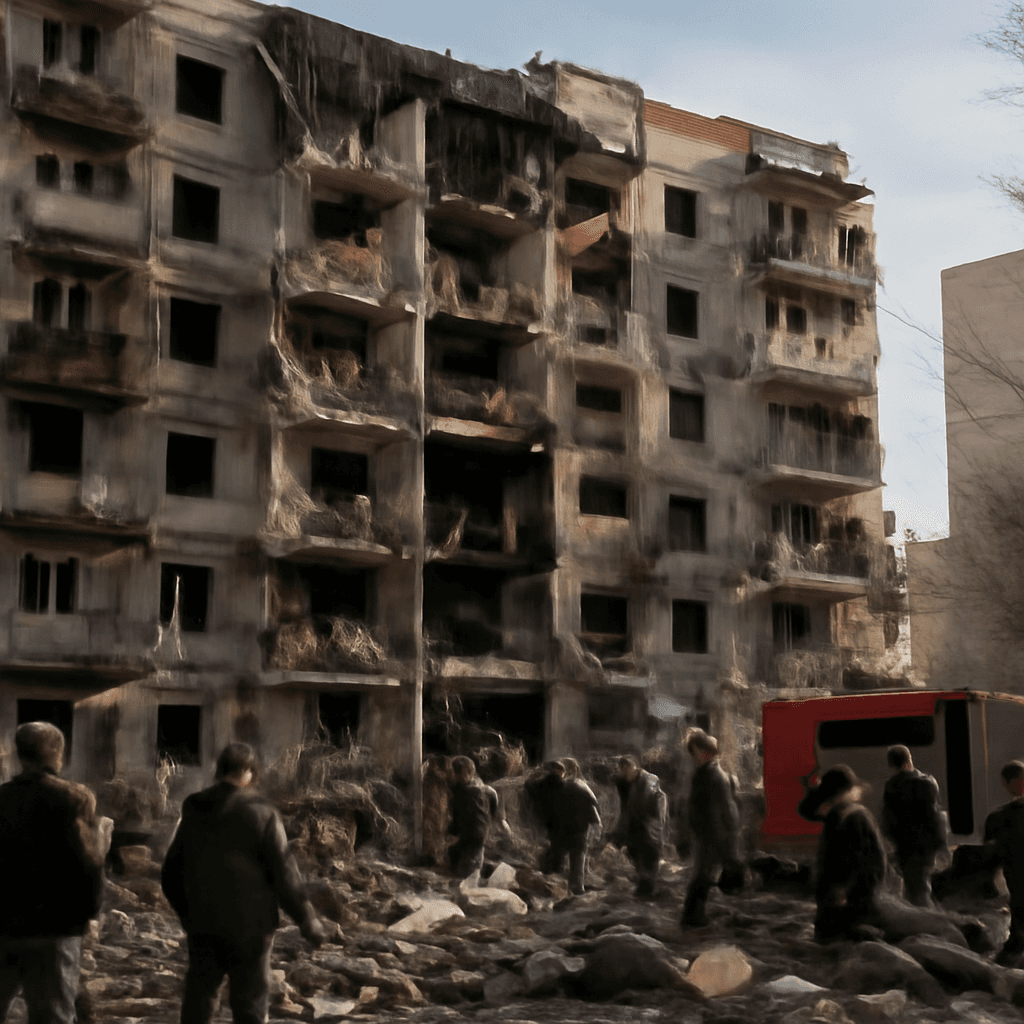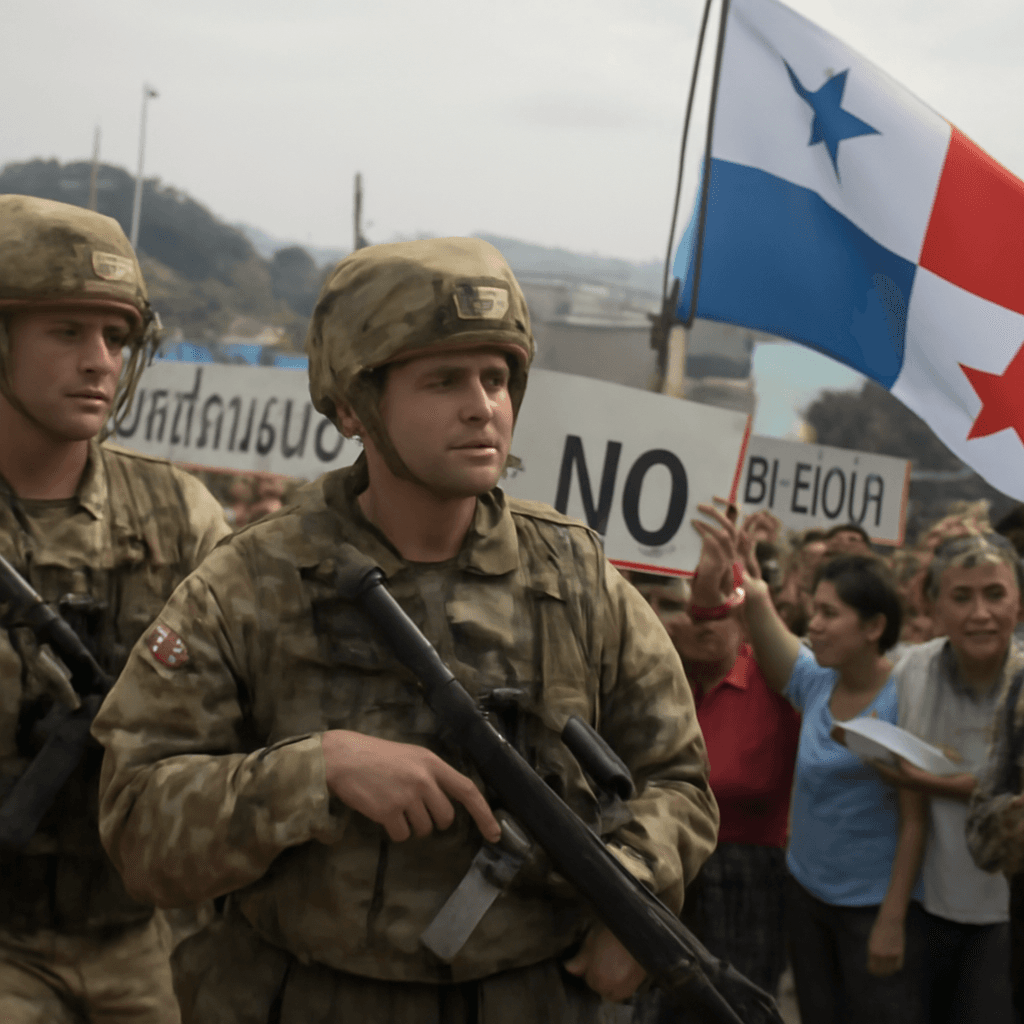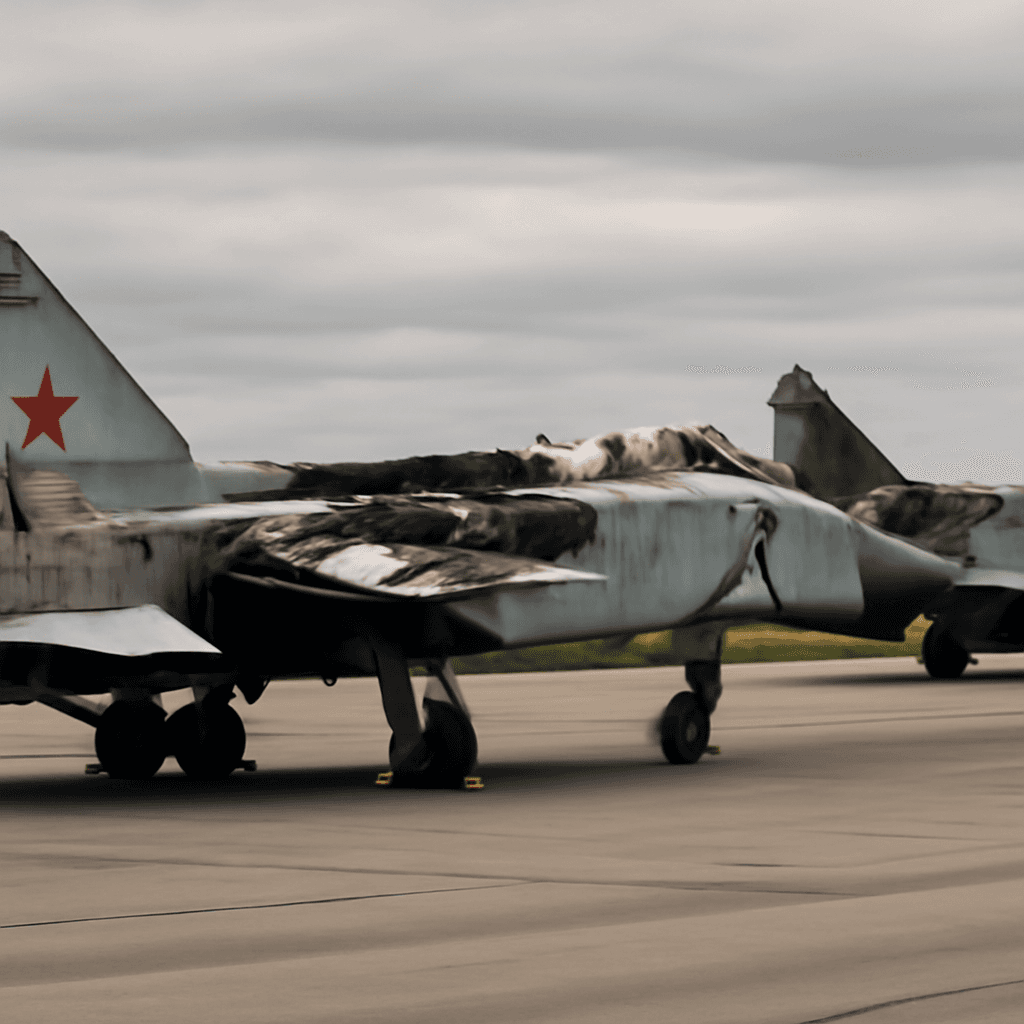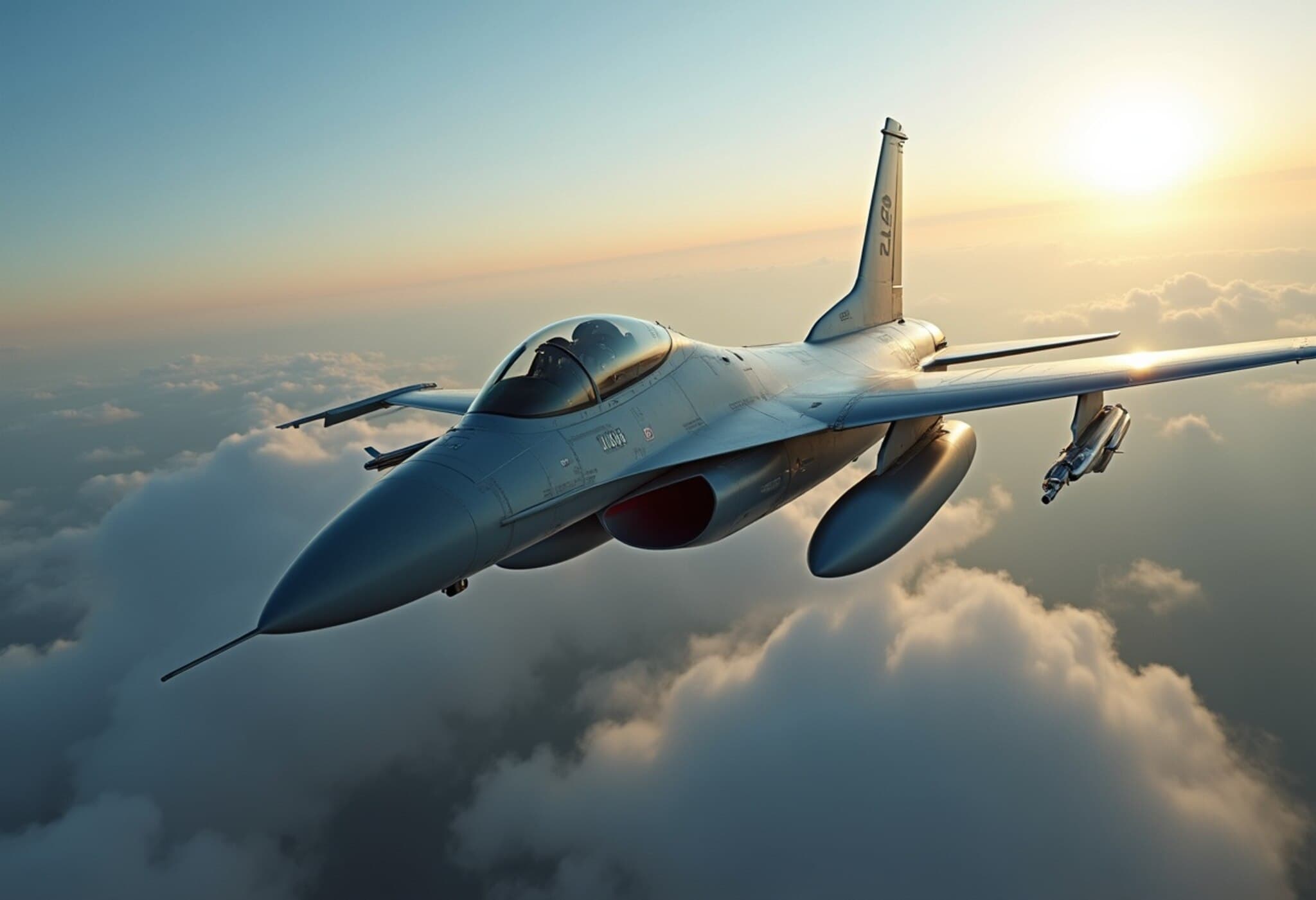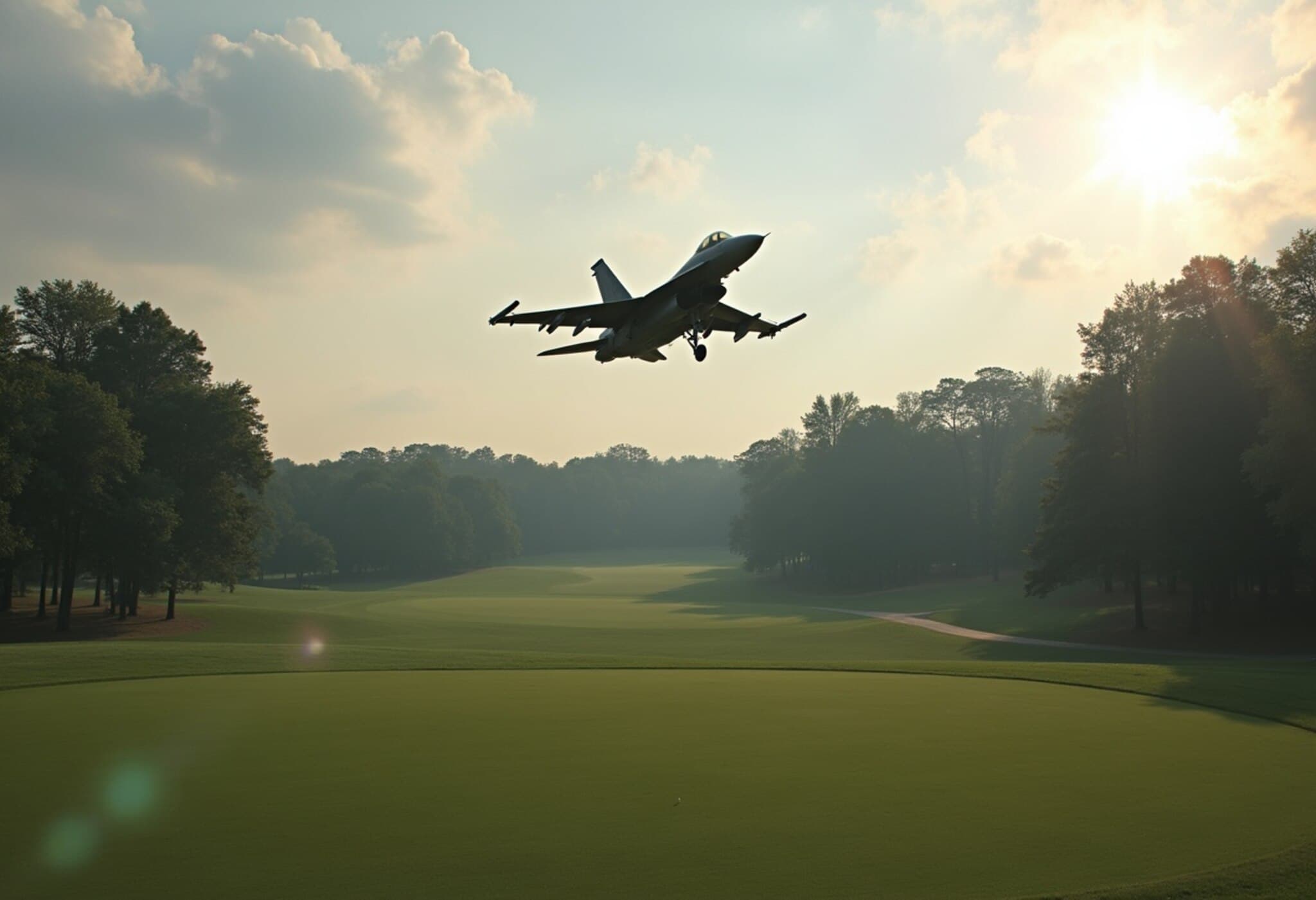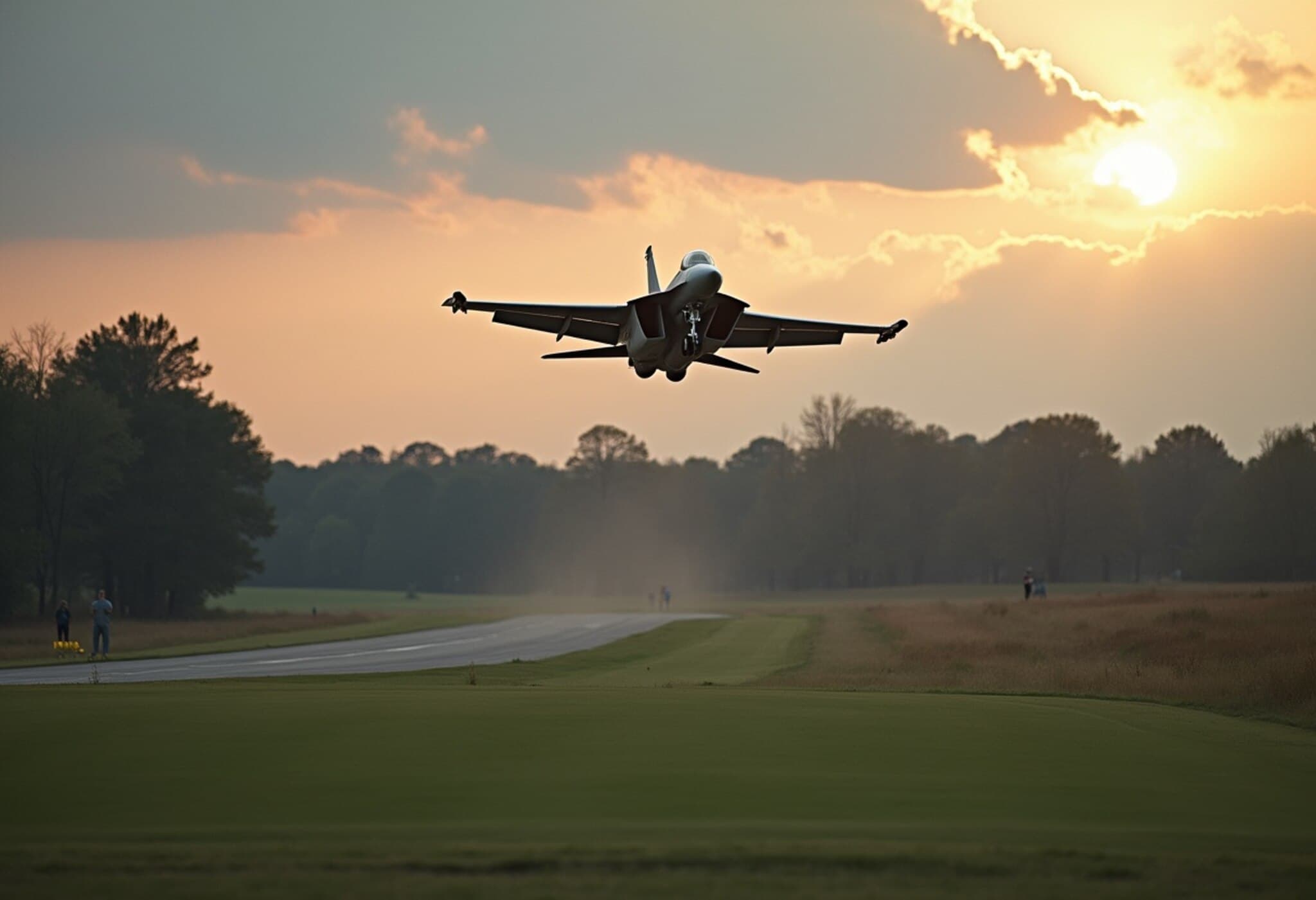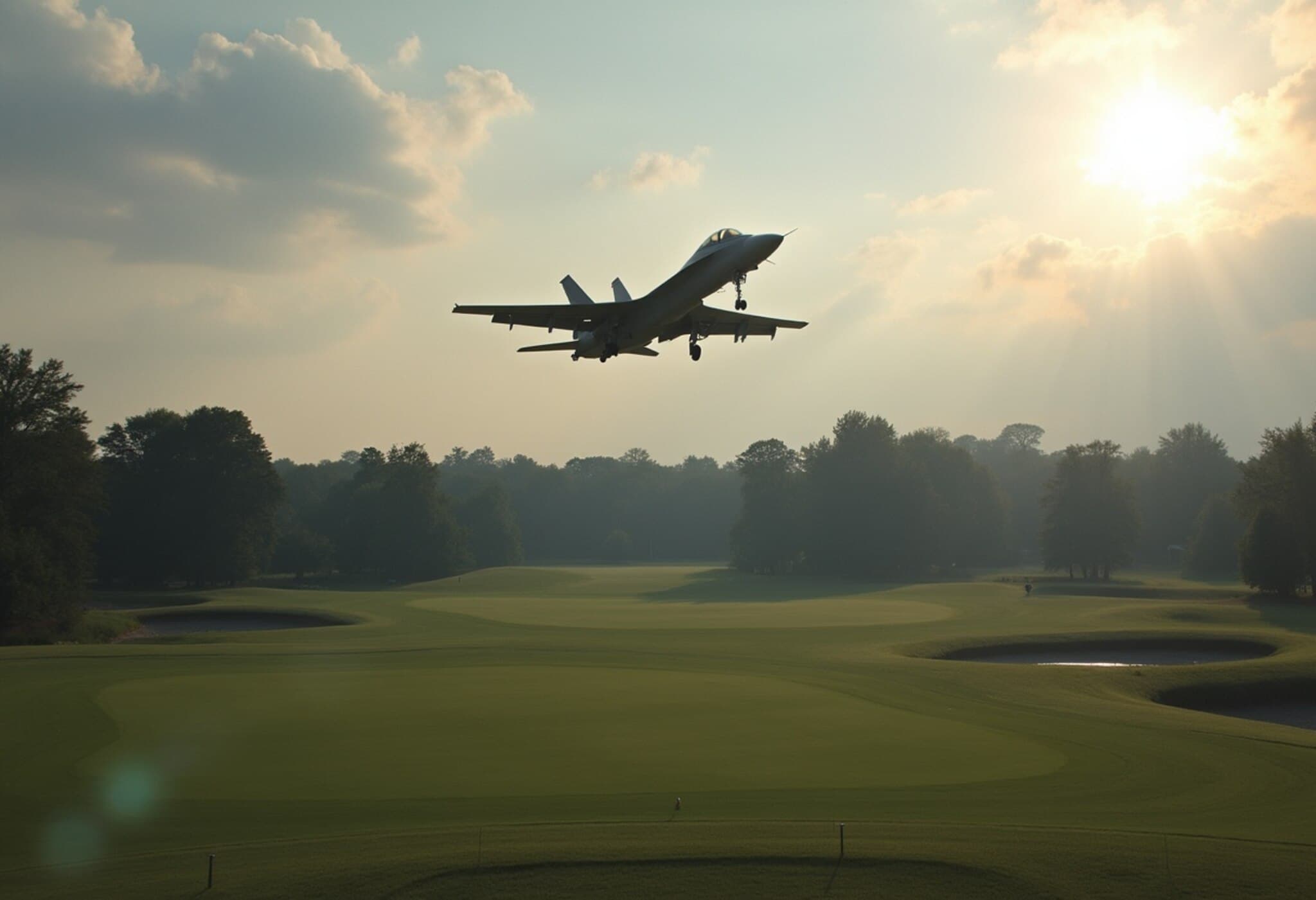Russian Spy Plane Triggers Third US Military Response Near Alaska in One Week
In a clear demonstration of ongoing military vigilance, the United States scrambled fighter jets for the third time this week after a Russian reconnaissance aircraft was detected flying within the Alaskan Air Defense Identification Zone (ADIZ). Although this zone lies just outside the sovereign airspace of the US and Canada, the presence of Moscow’s spy plane near Alaska has raised eyebrows, underscoring the fragile balance of post-Cold War security in the Arctic region.
Details of the Incident
On Sunday, the North American Aerospace Defense Command (NORAD) reported that an IL-20 COOT — a Soviet-era intelligence-gathering aircraft — was identified inside Alaska’s ADIZ. This concealed yet deliberate flyby marks the third such encounter within seven days, with similar incursions recorded earlier on Wednesday and Thursday.
NORAD swiftly responded by deploying US fighter jets to monitor the Russian plane's movements closely. The aircraft, however, did not breach US or Canadian sovereign airspace, remaining in international waters. NORAD officials emphasized that such activities, while provocative, are not currently regarded as direct threats but rather long-standing reconnaissance practices.
The Broader Geopolitical Context
This latest episode adds a new dimension to evolving US-Russia relations, particularly as it follows a high-profile summit earlier this summer where former President Donald Trump and President Vladimir Putin met on American soil in Alaska — an event that had not occurred in several years. The renewed Russian aerial presence near Alaska signals persistent strategic interest in the Arctic, a region growing in geopolitical importance due to climate change and newly accessible shipping routes.
Earlier this year, similar Russian military flights over the Arctic prompted the US and Canada to respond with increased air patrols, including the deployment of fighter jets to Greenland. This forward positioning aims to enhance NORAD's readiness and reinforce North American air defense capabilities amid rising tensions over Arctic sovereignty and security.
Examining the Implications
For defense analysts, these repeated incursions underscore several critical issues:
- The ongoing strategic competition between the US and Russia in the Arctic, a theater that has grown from a frozen frontier to a key geopolitical arena.
- The challenges of ramping up aerial reconnaissance without triggering escalations — balancing intelligence collection with deterrence.
- Operational readiness of NORAD and allied forces tasked with tracking airspace adversities while respecting international law.
Furthermore, the presence of legacy platforms like the IL-20 reveals Russia’s continued reliance on Cold War-era hardware for intelligence missions, raising questions about modernization priorities in Moscow’s military aviation doctrine.
Looking Ahead: What to Watch
As geopolitical rivalries evolve, the frequency of such aerial encounters near the US northern border may increase, highlighting the urgency for diplomatic dialogue and confidence-building measures. At the same time, domestic defense planning will likely prioritize advanced surveillance and rapid response capabilities to ensure seamless coverage of these remote yet vulnerable regions.
Editor's Note
This recurring Russian radar reconnaissance near Alaska’s airspace is a microcosm of broader geopolitical tensions simmering in the Arctic. While not posing an immediate threat, these activities challenge the US and Canada to maintain vigilant defense postures. Critical questions remain: How might such encounters shape future Arctic governance? Can the US and Russia find pathways to reduce risks of unintended conflict? The answers will shape security dynamics in one of the world’s most strategically consequential landscapes.

